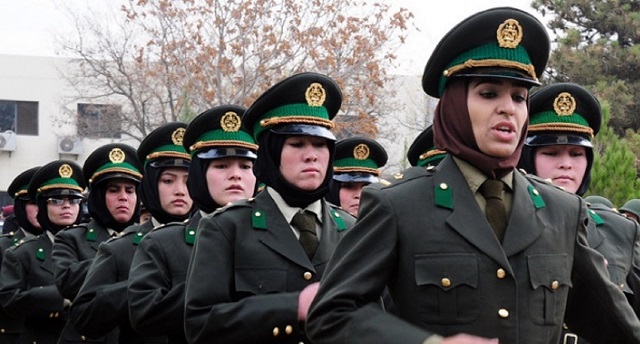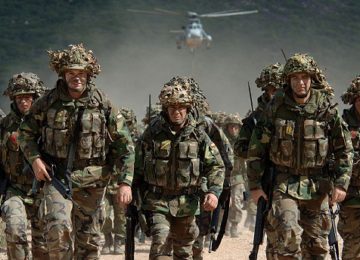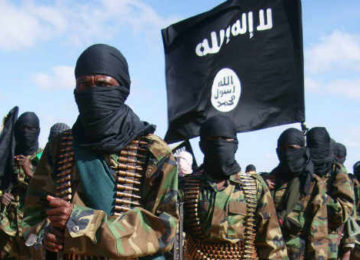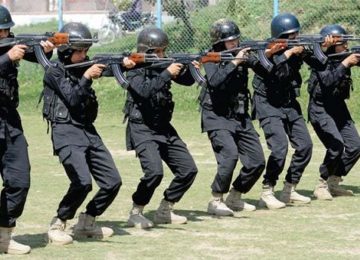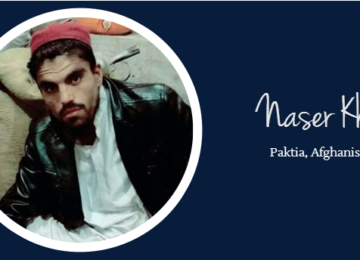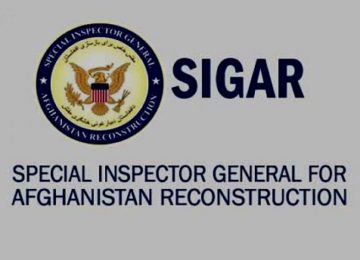December 13, 2017
Afghan women have been engaged in ‘women, peace and security’ since long before UN Security Council Resolution 1325 was introduced. The country’s contemporary history over the past 50 years is of continuous conflict and unrest. Afghans fought against the Soviet Union and became the force behind the collapse of the Soviet Union, freeing the Central Asian Republics. But Afghanistan was abandoned once independence was achieved – with so many weapons and ammunition left behind that they were used to fuel civil war for most of the 90s. Afghans also suffered the Taliban’s oppressive regime until 2001. When the United States returned to Afghanistan in retaliation for the 9/11 attacks, Afghanistan was brought to the world’s attention, despite officially existing for at least 100 years.
Afghan women are depicted as passive and oppressed. However, these women have had an internal and domestic role that has not been studied nor explored. The role of mothers and elderly women throughout history and the influence of wives in behind the scenes decisions by the kings and presidents are not secret to the public at least. Yet the conflict has taken a huge toll on women, their lives and their rights as society became more violent. The first to bear the brunt of the violence is the woman, the girl, the wife, the sister – the list goes on.
Many of us returned to Afghanistan following the events of 2001 and the formal toppling of the Taliban government, with so much hope and optimism for a new country. 60-65 per cent of Afghanistan’s population is under the age of 25. This is a huge opportunity as much as it has been a huge risk, as younger men have been recruited in thousands within the insurgency and continue to lose their lives as the expendable part of the Taliban and other armed groups militancy.
Women’s groups and activists mobilised and worked throughout the country to ensure they had a voice in the country’s Constitution. It luckily paid off. The Constitution recognised gender equality. This was achieved by learning from many other similar contexts and with the support of the international community. This paved the way for women’s groups to claim their space and rights within the new government and brought the issue of women’s rights to the new administration’s agenda. A Ministry for women’s affairs was established, and women’s groups used CEDAW (which Afghanistan signed in 1980 and ratified in 2003) to put women’s rights into the context of the government. The government developed plan after plan, and a glance at the women’s rights agenda in Afghanistan shows a list of accomplishments in the areas of health, education, civil service (mostly mid-level and low level) and local businesses. However, full implementation of all plans remains a challenge today. Women continue to be sidelined during national-level decisions and within traditional security frameworks, as well as times when the government decides to negotiate with the Taliban.
UN Security Council Resolution 1325 provides a clear mandate to states to ensure that women are part of national, regional and international peacebuilding and conflict governance, and is an important tool of advocacy for the women of Afghanistan. Afghanistan’s National Action Plan (NAP), introduced by the government in mid-2015, was the outcome of years of lobbying and struggle by women’s groups, activists and civil society organisations , though there was minimal inclusion and engagement with the drafting process. My working paper discusses this process at length. However, one important aspect of the whole conversation around the NAP is women’s meaningful engagement and participation in the security sector, often demonstrated by the number of female police officers and a couple of female generals being celebrated as examples of inclusion. I have worked with both the police and army in official capacities, and my experience reveals that the NAP does not address the questions of how women can be included in the security sector in a meaningful way.
Getting women into the national police force is the number one priority for women’s engagement and participation in the security sector. However, that should just be the beginning of any security sector reform debate. In Afghanistan the security sector agencies (Ministry of Interior, National Directorate of Security, Ministry of Defense) have long been and continue to be a male-dominated. Just adding more women is not meaningful, and without addressing the work environment is dangerous and unfair to the women who take up the risk and sacrifice and, does not pave the way for more women either.
The working environment starts with how a woman is greeted when she enters the office, then how she is treated if she becomes an assistant or a junior cadet, or how she is treated if she is assigned a particular task for which she has no training. I have seen women and men getting almost the same kind and same level of training for their jobs at the same time, yet women are not allowed to be sent to combat positions. Instead, these women end up in management, in support roles and serving other functions in the security sector for which they have little to no training.
This means that women are trained to fail at their jobs, and when they do fail, the door closes for women’s promotions and other women joining the field. The training of women to enter the police and army needs to have a clear direction. If women are not sent to combat, why are they given the same training as their male counterparts who are allowed to fight on the battlefields? If women are not in charge of the military and police parades, why should they spend months learning them? Why aren’t they taught about what they are actually going to be assigned to, which is management, public outreach, communications, finances, logistics and other support positions?
Getting women into security agencies requires tangible reform: reform in how sexual harassment is treated in the workplace; reforms in how employees are able to complain about their treatment at work; reforms to provide basic facilities like washrooms, changing rooms, adaptable working space (pregnant women cant work in the same room with male officers, for example); and, at times, reforms to specific training plans and targeted recruitment strategies. Despite not having an enabling environment for women, we keep recruiting them by showing off a number of incentives to join. But when women enter into the office they become subject to all forms of discrimination and abuse. Eventually some give up, and some give in and become as corrupt as male officers to survive.
All this and much more is absent from the Afghanistan National Action Plans I have reviewed recently and requires more in-depth analysis and debate on how meaningful women’s inclusion in the security sector actually is if it is not coupled with tangible reforms within the security agencies themselves. We at WPSO (Women and Peace Studies Organisation -Afghanistan) have undertaken this struggle and advocacy for years and will continue to do so.
The author Wazhma Frogh is the founder of the Women and Peace Studies Organisation in Afghanistan. She a gender and development specialist and human rights activist and recipient of the 2009 International Woman of Courage Award Afghanistan.
This article originally published on blogs.lse.ac.uk on November 28, 2017. Original Link
Disclaimer: Views expressed on this blog are not necessarily endorsed or supported by the Center for Research and Security Studies, Islamabad.



